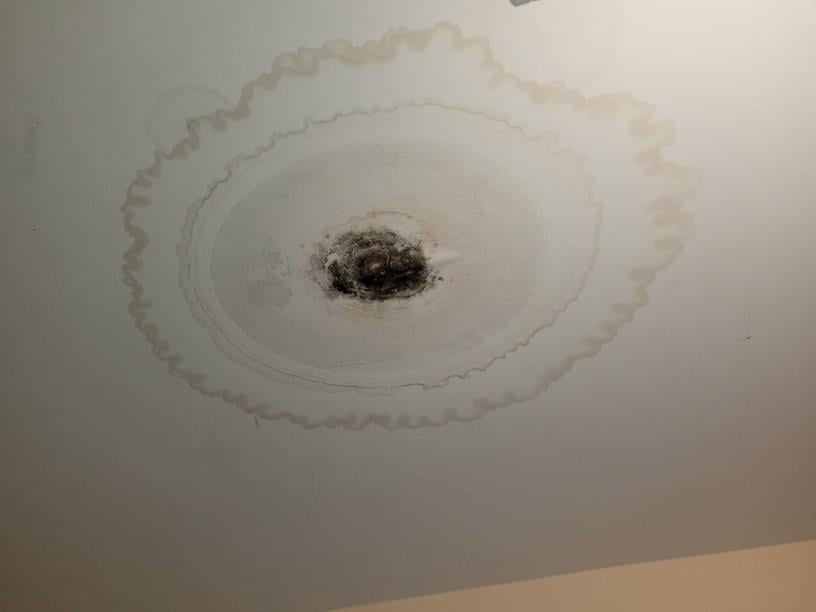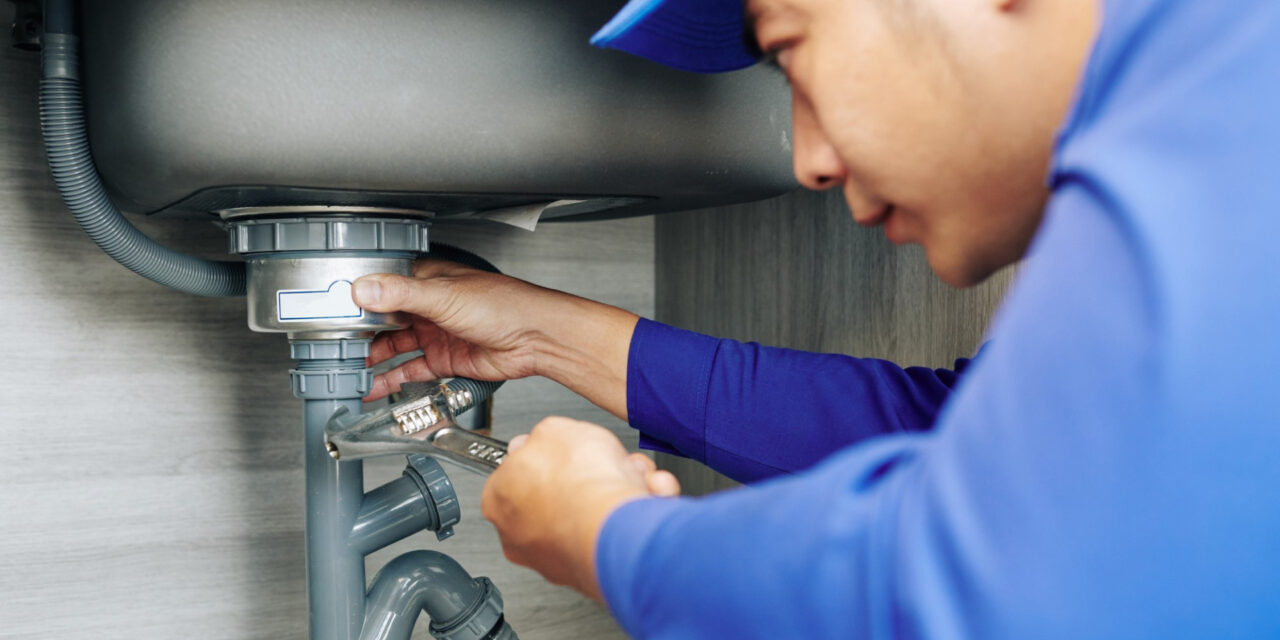What're your ideas on Locating water leaks?

Early detection of dripping water lines can mitigate a potential calamity. Besides saving you cash, it will certainly minimize the worry and irritation. The moment you discover a leak, calling your plumber for fixings is the very best remedy. Some little water leakages might not be noticeable. Here are some hacks that help if you can not discover it with your nude eyes.
1. Analyze the Water Meter
Checking it is a proven means that aids you uncover leaks. If it moves, that suggests a fast-moving leakage. This suggests you might have a slow leak that might also be underground.
2. Check Water Consumption
Evaluate your water costs as well as track your water intake. As the one paying it, you must see if there are any type of inconsistencies. If you identify sudden changes, regardless of your intake being the same, it suggests that you have leaks in your plumbing system. Remember, your water costs must drop under the very same array monthly. A sudden spike in your expense suggests a fast-moving leakage.
Meanwhile, a constant rise monthly, even with the very same routines, reveals you have a sluggish leak that's likewise gradually rising. Call a plumber to thoroughly check your residential property, particularly if you feel a warm area on your flooring with piping underneath.
3. Do a Food Coloring Test
When it comes to water usage, 30% comes from bathrooms. If the color somehow infiltrates your dish throughout that time without flushing, there's a leakage between the container and also bowl.
4. Asses Exterior Lines
Do not neglect to examine your exterior water lines also. Test spigots by connecting a garden hose pipe. Ought to water seep out of the link, you have a loose rubber gasket. Replace this as well as make certain all links are limited. It will certainly assist get it properly checked out and also preserved every year if you've obtained a lawn sprinkler system. One little leak can waste lots of water and spike your water bill.
5. Inspect and Evaluate the Scenario
Homeowners must make it a behavior to examine under the sink counters and also even inside cupboards for any kind of bad odor or mold growth. These two red flags indicate a leak so prompt focus is needed. Doing regular assessments, even bi-annually, can save you from a major trouble.
More notably, if you know your residence is currently old, maintain a watchful eye on your heating units, tubes, pipelines and so on. Check for discolorations and deteriorating as many home appliances as well as pipelines have a life expectancy. They will additionally naturally weaken due to deterioration. Don't wait for it to rise if you believe leaking water lines in your plumbing system. Call a professional plumber today so you don't wind up with an awful mess in your home.
Early discovery of dripping water lines can mitigate a possible catastrophe. Some little water leakages may not be noticeable. Examining it is a surefire way that helps you uncover leaks. One tiny leak can waste tons of water as well as surge your water expense.
If you suspect dripping water lines in your plumbing system, do not wait for it to escalate.
How to Know If Your Home Has a Hidden Leak
Water Meter Reveals Inexplicable Water Usage
If you’d like to test whether or not there’s a leak somewhere in your home, you can do this using your water meter. Here is how to conduct the test:
Don’t use any water in your home for at least 30 minutes; this also means not turning on faucets or water-using appliances.
Go outside, and check your water meter for activity.
If your water meter shows that there was activity, even though no one was using any water, this proves that there is a leak in your home.Visible Mold or Mildew Growth
Leaks behind walls create moist, dark environments that allow mold and mildew to grow and thrive. Eventually, you might see mold growth forming on the wall closest to a hidden leak.
If mold is growing in an area that receives a high amount of moisture, such as a bathroom, it may simply be an indication that better ventilation is needed. However, if you see mold growth on a wall or the ceiling in an area where you would not expect, you probably have a hidden leak.
Musty, Mildew Odor
Sometimes you might not be able to see the mold or mildew that is growing as a result of a leak. However, the smell can give the problem away just as easily. If you catch a whiff of something musty, there’s a good chance that old water is collecting somewhere in your home that you can’t see.
Stained/Warped Walls, Ceilings, or Floors
When your home soaks up water, a variety of red flags can become visible, including ceiling stains, bubbling drywall, warped walls, and sagging floors. While these issues can be caused by excess humidity, they can also be signs that a pipe or plumbing connection has started leaking behind your walls.
Inexplicably High Water Bill
After a while, you get a general sense for what your water bill should be. If you own a pool or sprinkler system, your bill will tend to be higher during summer. However, if you receive a water bill that seems especially high, and you can’t figure out what caused it, then you may have a hidden leak somewhere that’s increasing your bill.
https://www.plumbingjoint.com/blog/2019/july/how-to-know-if-your-home-has-a-hidden-leak/

As a passionate reader about Leaking water lines, I think sharing that excerpt was appropriate. Loved our article? Please share it. Let someone else locate it. Thanks for taking the time to read it.
Book Now!